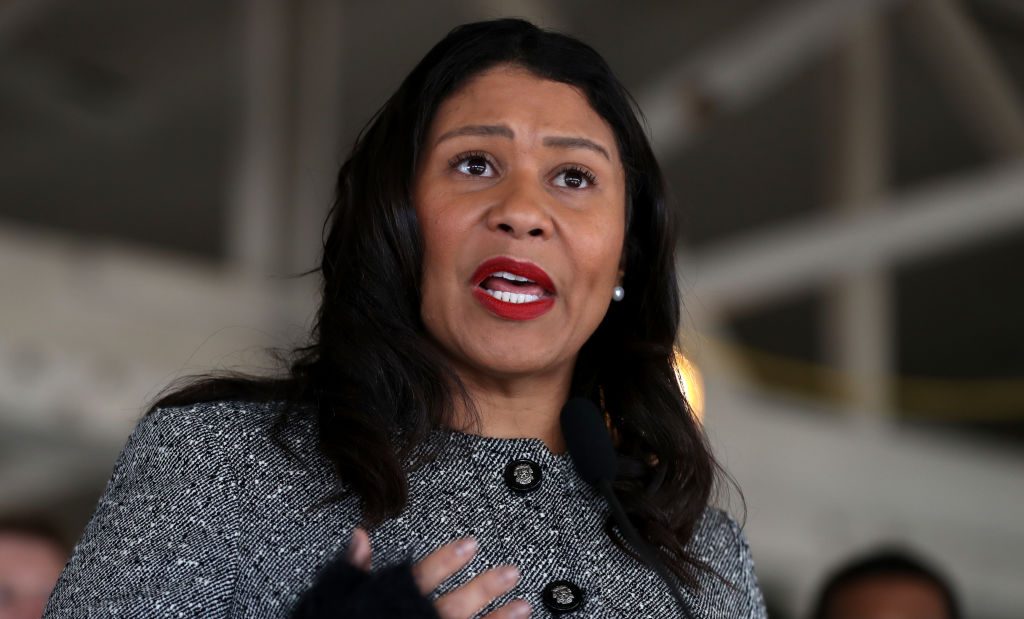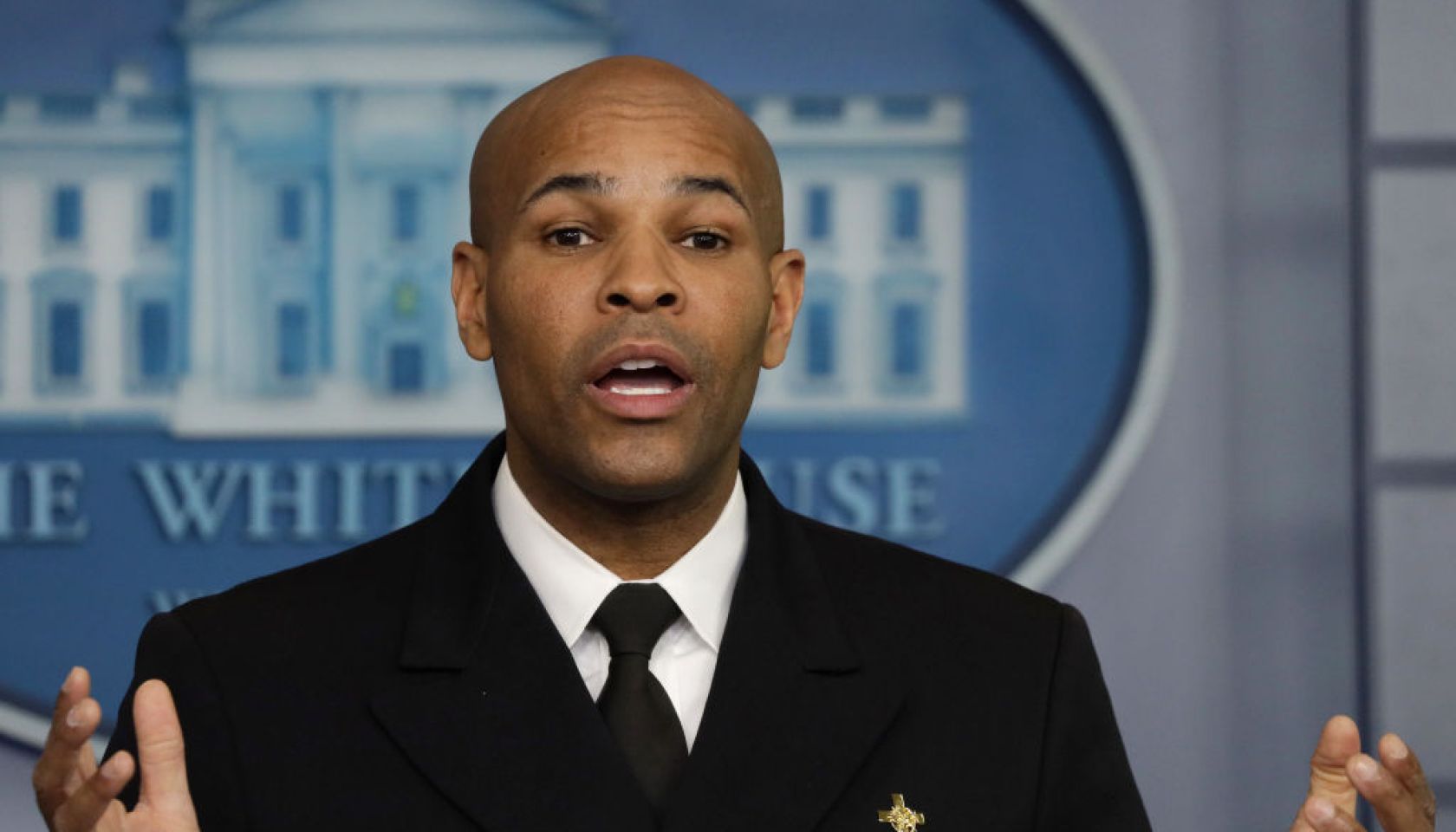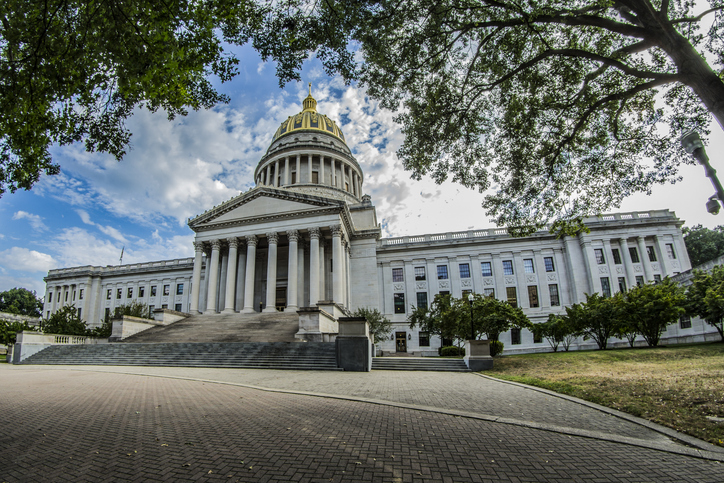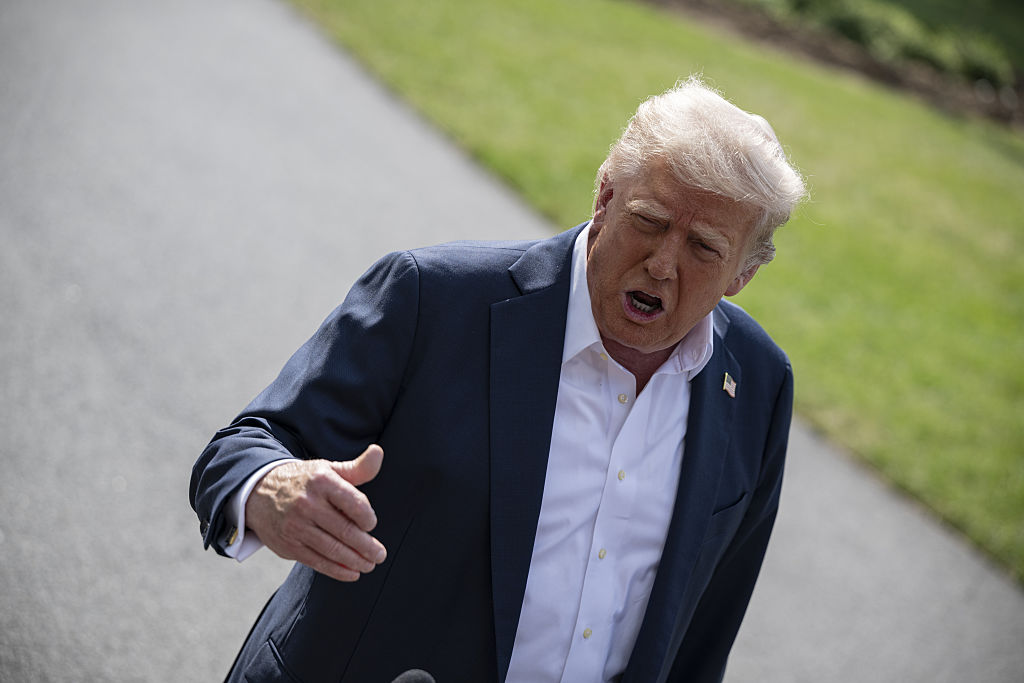San Francisco Mayor London Breed Praises For Fighting Coronavirus Early
Doctors Praise San Francisco Mayor London Breed’s Early Actions Against The Coronavirus

Source: Justin Sullivan / Getty
Epidemiologists are praising San Francisco Mayor London Breed for her speedy response to the coronavirus pandemic, so much that the city is being deemed the “national model” for flattening the curve.
According to The Atlantic, San Francisco hadn’t confirmed its first case of the coronavirus when Breed swiftly declared a state of emergency in late February. Two weeks later she decided to ban gatherings of more than 1,000 people. Her moves, along with the NBA’s first positive case of the coronavirus, sparked a chain of events that eventually led to the shut down of all the nation’s major sports leagues.
Initially, Breed faced criticism for her decisions with many believing she was moving too quickly. However, about a month after those initial orders, San Francisco’s case count for the coronavirus is at 857 as of April 10 with 13 recorded deaths due to the virus. This is much lower than other cities of comparable size, including New Orleans, Boston, Detroit, and Washington, D.C. The city’s curve is already low and continuing to flatten with emergency rooms not seeing a flood of patients.
“All evidence suggests that they are doing much better, and the simplest explanation for that is that they did take social-distancing measures very seriously and they did it early,” says Emily Gurley, an epidemiologist at Johns Hopkins University, which has been keeping track of the global COVID-19 outbreak.
Granted, San Francisco and California as a whole have had more challenges than New York in ramping up testing capacity, which raises the possibility that the situation is direr in San Francisco. However, epidemiologists and public health experts say that while positive cases are definitely being undercounted — as is the case across the country — San Francisco’s stable public health system and low death count still offers insight into success.
“We’re seeing that our hospital beds are not very full at this point,” said Yvonne Maldonado, an epidemiologist at Stanford Medical School. “We’re just not seeing a big spike there.”
Breed mandated businesses closed and issued a citywide shelter-in-place policy that was effective on March 17. At this point, San Francisco had less than 50 confirmed coronavirus cases. On this same day, New York City already reported more than 2,000 positive cases, however, New York Gov. Andrew Cuomo and New York City Mayor Bill de Blasio were reluctant to shut down schools or issue stay-at-home mandates. The nation’s largest city didn’t take similar actions to San Francisco until several days later. By the time New York City fully shut down on March 22, over 10,000 coronavirus cases were reported across the five boroughs.
When Breed received initial criticism for her aggressive measures, one of the mayor’s political mentors, Sen. Kamala Harris told the people of San Francisco to trust their mayor.
“She took incredible political heat and criticism,” Harris said, “And she had the courage to make a decision that she in her gut, based on science and the research she did, told her this was the right thing to do for her people, even when other people couldn’t see it yet.”
The economic struggle of a shutdown didn’t go over Breed’s head either, according to Harris. Breed was raised in a public housing project by her grandmother, whom Harris said inherited practicality into Breed. “Her grandmother was a tough lady,” said Harris, who has known Breed for years. “She was practical, practical to her core.”
With all this into consideration, West coast cities have still generally had it easier than some East Coast cities. Both San Francisco and New York have intense wealth gaps and a lack of affordable housing. However, San Francisco has still been able to flatten their curve more than New York. The governors of Oregon and California have even loaned ventilators to New York and the national stockpile since they haven’t run out of supplies
Epidemiologists say San Francisco and other West Coast cities probably benefited from the Trump administration’s late-January restriction on travel from China. Meanwhile, his banning of flights from Europe didn’t occur till mid-March and this hit New York hard. New research released on Wednesday shows that most of New York’s early cases came from Europe in mid-February, according to The New York Times.
Public health officials in San Francisco had also begun monitoring coronavirus outbreaks as early as the holidays in December, according to Mary Ellen Carroll, who heads the city’s Department of Emergency Management. By late January, Breed had activated the city’s emergency operations center in preparation for an outbreak, the first such move in any major city in the United States. The mayor has since changed the location of the command post to the Moscone Center, a huge complex where top city officials can work in-person while social distancing. Everyone wears a mask when they convene, including Breed, according to Carroll.
Breed said what convinced her moves early-on was the devastating photographs and footage from Wuhan, China, showing the region’s hospitals overrun by coronavirus patients.
“A picture’s worth a thousand words—seeing the images of what could potentially happen and then hearing your doctors tell you that we may not have the capacity to handle this situation,” the mayor said, remembering a briefing in which her advisers explained the possibilities for a similar scenario in bleak detail. “We have tons of hospitals in San Francisco. What do you mean we don’t have the capacity to handle an outbreak of this capacity?” Breed remembered thinking. “That’s when I was just like, Oh my goodness, this is serious. And we need to basically sound the alarm in a way that helps us to get ready.”
Breed said she knew as early as January that the federal government wasn’t prepared to offer the help local authorities needed to boost the supply of protective equipment. When a top CDC official, Nancy Messonnier, explained to reporters on a conference call that the coronavirus outbreak in the U.S. “may be severe” and that folks should prepare for disruptions in daily life, Breed declared a state of emergency that very day. A week later she was urging her constituents on Twitter to “prepare for possible disruption from an outbreak.” Meanwhile, Mayor de Blasio was encouraging New Yorkers “to go on with your lives + get out on the town despite Coronavirus” that same day.
Breed has had a spotty record since she took full-term office in 2019. She spent much of the year fighting progressives on San Francisco’s pervasive homelessness issue and in local elections where candidates she endorsed were defeated. Breed even backed billionaire Michael Bloomberg, who has a racist history, during the presidential race before he dropped out. Despite all this, her handling of the coronavirus pandemic could gain her points from doubters.
San Francisco officials aren’t claiming victory yet, however. The city’s preexisting homelessness issue is becoming more evident during the pandemic. Some homeless people aren’t cooperating with social-distancing practices. Even though the city has expanded shelter capacity to spread people out who live in them, and more money has been invested in cleaning shelters, tent cities of homeless people have not been broken up. Just recently, the city revealed that an outbreak at one of its largest homeless shelters has infected 70 residents and staff with the coronavirus. Clearly, issues such as affordable housing, healthcare access, and holistic treatment to drug addiction (much of the homeless population in the city includes drug addicts), will be important even after the coronavirus curve has flattened in the city.
SEE ALSO:
NAACP Blasts Trump’s ‘Hollow’ Attempt To Care About Coronavirus Ravaging Black Communities
Master P Offers Free Home Cleanings For Senior Citizens In New Orleans During COVID-19 Pandemic
















